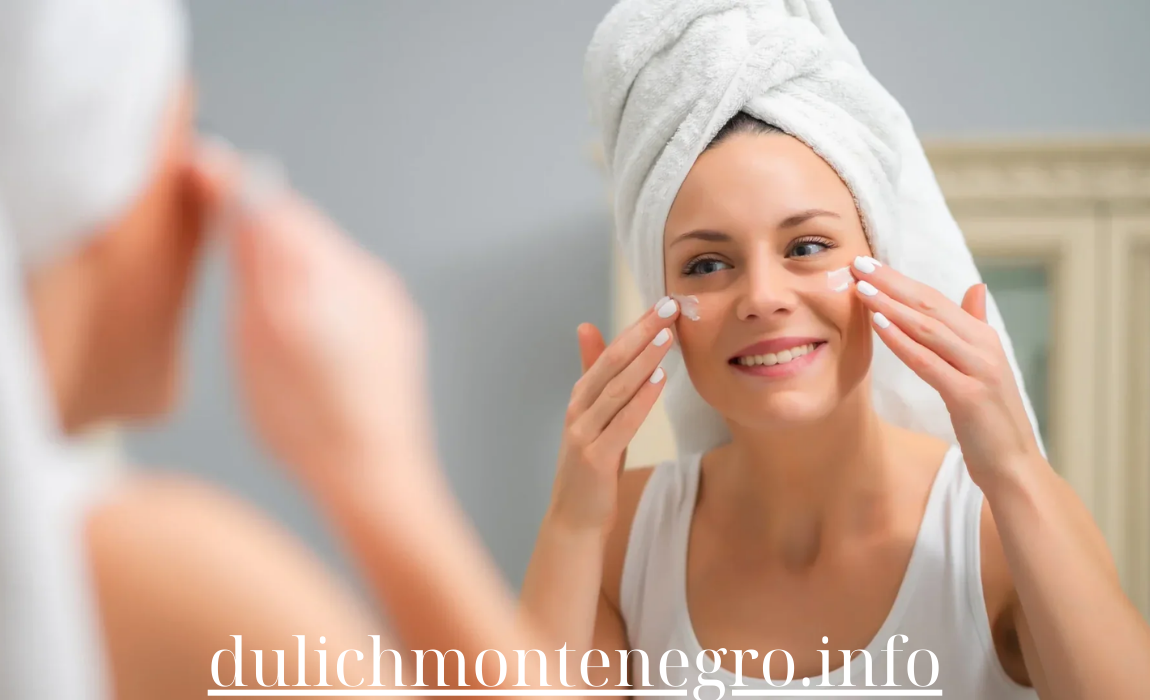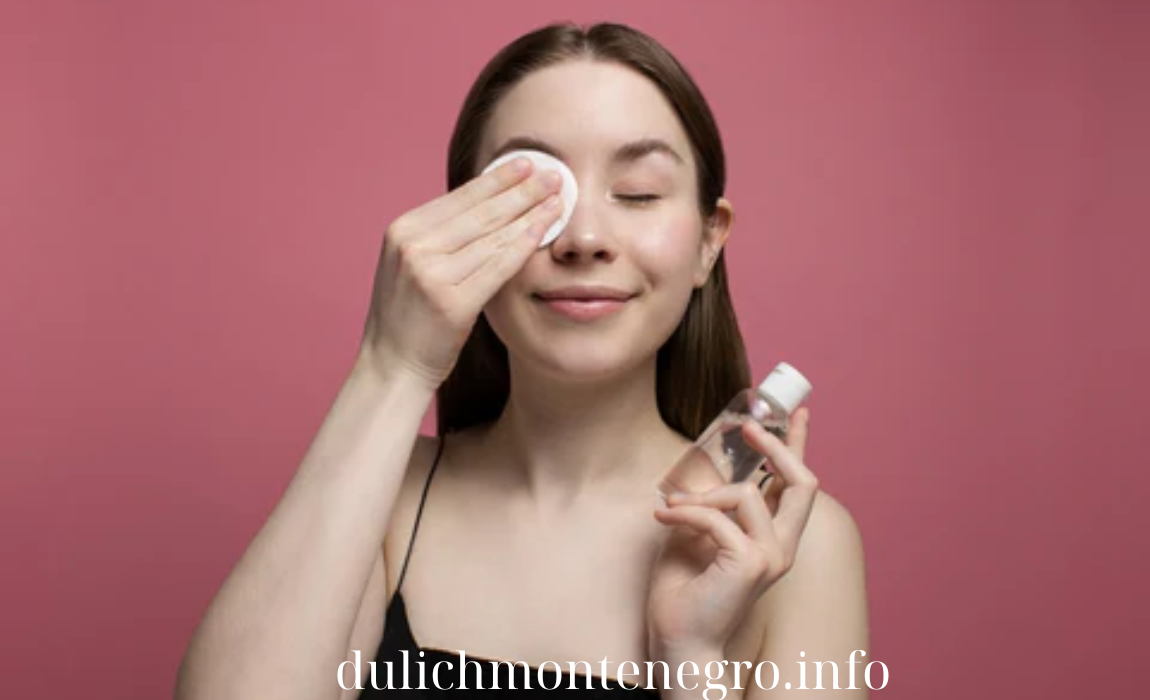Combination skin can be tricky to manage because it involves dealing with both oily and dry areas simultaneously. Typically, the T-zone (forehead, nose, and chin) tends to be oily, while the cheeks and other areas may be dry or normal. The key to maintaining a balanced complexion is finding the right products and routine that cater to both oily and dry areas without causing irritation or imbalance. Here are some practical tips to help you manage combination skin and achieve a healthy, glowing complexion.
1. Use a Gentle Cleanser
Cleansing is the first step in any skincare routine, but it’s especially important for combination skin. You’ll need a cleanser that removes excess oil from the T-zone without stripping moisture from the drier areas.
Tips:
- Avoid Harsh Cleansers: Strong, foaming cleansers can dry out the dry areas of your skin while prompting your oily areas to produce more sebum. Choose a gentle, pH-balanced cleanser that works for all skin types.
- Gel or Cream Cleanser: Gel-based cleansers are good for the oily parts, while a mild, cream-based cleanser can help with hydration for the drier parts.
- Double Cleanse (Optional): If you wear makeup or sunscreen, use a micellar water or cleansing balm first to remove impurities before using a gentle cleanser.
Recommended Products:
- Cetaphil Daily Facial Cleanser (Gentle and effective for all skin types)
- La Roche-Posay Toleriane Hydrating Gentle Cleanser (Hydrating and non-irritating)
2. Exfoliate Regularly, But Carefully
Exfoliation is key to removing dead skin cells and preventing clogged pores, especially in the oily areas. However, you need to strike a balance to avoid over-exfoliating the dry parts of your face.
Tips:
- Focus on the T-zone: Concentrate on exfoliating your T-zone, which is more prone to oil buildup and blackheads, but be gentle on the drier areas.
- Use Chemical Exfoliants: Opt for gentle AHA (alpha-hydroxy acids) like glycolic acid to exfoliate the dry areas and BHA (beta-hydroxy acids) like salicylic acid to help with the oily, acne-prone areas.
- Exfoliate 1-2 Times a Week: Over-exfoliation can lead to irritation and dryness. Stick to once or twice a week, especially if using stronger products.
Recommended Products:
- The Ordinary Glycolic Acid 7% Toning Solution (AHA for dry skin areas)
- Paula’s Choice 2% BHA Liquid Exfoliant (BHA for oily, acne-prone areas)
3. Use Lightweight, Balancing Moisturizers
Finding the right moisturizer for combination skin can be a challenge. You need something that hydrates the dry areas without making the oily areas greasy.
Tips:
- Oil-Free or Gel-Based: Use lightweight, oil-free, gel-based moisturizers for the T-zone to prevent excess oil production.
- Layer Moisture for Dry Areas: For drier areas, apply a hydrating serum underneath a lightweight moisturizer to ensure those areas get extra moisture without overloading the oily parts.
- Avoid Heavy Creams on T-Zone: While it’s fine to use a richer cream on your dry patches, avoid applying it to the T-zone.
Recommended Products:
- Neutrogena Hydro Boost Water Gel (Lightweight, oil-free, and hydrating)
- Clinique Dramatically Different Moisturizing Gel (Perfect for combination skin)
4. Apply Targeted Treatments
Combination skin often benefits from a multitasking approach. Rather than using the same products all over your face, apply different products to different areas based on their needs.
Tips:
- Use Different Serums: Apply an oil-controlling serum with niacinamide or salicylic acid to the T-zone and a hydrating serum with hyaluronic acid to the dry areas.
- Spot Treat Acne: If you’re prone to breakouts in your T-zone, use a targeted treatment like benzoyl peroxide or salicylic acid on acne-prone areas only.
- Hydrate Dry Areas with Serums: Use a hydrating serum like hyaluronic acid on your dry areas to add moisture without adding oil.
Recommended Products:
- The Ordinary Niacinamide 10% + Zinc 1% (For oil control in the T-zone)
- Vichy Mineral 89 Hyaluronic Acid Serum (Hydrating for dry areas)
5. Always Use Sunscreen
Sunscreen is essential for all skin types, including combination skin. However, heavy sunscreens can sometimes feel greasy on oily areas, so it’s important to find the right formula.
Tips:
- Oil-Free, Lightweight Sunscreens: Choose a lightweight, non-comedogenic, oil-free sunscreen that won’t clog your pores or add shine to your T-zone.
- Mattifying Formula: A mattifying sunscreen can help control oil in your T-zone while still offering protection.
- SPF 30 or Higher: Make sure your sunscreen has at least SPF 30 for adequate protection.
Recommended Products:
- EltaMD UV Clear Broad-Spectrum SPF 46 (Oil-free and great for sensitive skin)
- La Roche-Posay Anthelios Ultra Light SPF 60 (Non-greasy and fast-absorbing)
6. Control Shine Throughout the Day
Oily areas like your T-zone may start to shine during the day, so keeping your makeup or skincare routine balanced is key to maintaining a matte complexion.
Tips:
- Blotting Papers: Carry blotting papers to absorb excess oil on your T-zone without disturbing your makeup or over-drying your skin.
- Setting Powder: Use a translucent setting powder on your T-zone to keep it matte and oil-free throughout the day. Avoid using it on dry areas to prevent flakiness.
- Mattifying Primers: Apply a mattifying primer to your T-zone before makeup to help control oil and keep your skin shine-free for longer.
Recommended Products:
- Fenty Beauty Invisimatte Blotting Papers (Great for on-the-go oil control)
- Rimmel Stay Matte Powder (Affordable setting powder for oily areas)
7. Hydrate from Within
Maintaining the moisture balance of your skin also depends on internal hydration. Drinking enough water can help regulate oil production and keep your skin looking fresh and healthy.
Tips:
- Drink Plenty of Water: Aim for at least 8 glasses of water a day to keep your skin hydrated from within.
- Eat Water-Rich Foods: Include fruits and vegetables like cucumbers, oranges, and watermelon in your diet to boost hydration.
- Avoid Excessive Caffeine: Caffeinated drinks can dehydrate your skin, so limit your intake if you notice your skin becoming drier.
8. Be Gentle with Your Skin
Combination skin can be sensitive to over-exfoliation, harsh scrubs, and irritating products, so it’s important to take a gentle approach.
Tips:
- Avoid Over-Cleansing: Cleansing too frequently can strip your skin of natural oils, prompting your oily areas to produce more oil while drying out your dry areas. Stick to cleansing twice a day—once in the morning and once before bed.
- Use Lukewarm Water: Hot water can dry out your skin, while cold water may not effectively cleanse it. Use lukewarm water to balance both needs.
- Pat, Don’t Rub: Always pat your skin dry with a soft towel instead of rubbing, which can irritate both dry and oily areas.
Conclusion
Managing combination skin requires a tailored approach that addresses the different needs of your oily and dry areas. By using gentle, balanced products, targeting specific areas with the right treatments, and being mindful of your skincare routine, you can maintain a healthy, balanced complexion. With these practical tips, you’ll be well on your way to achieving smoother, more radiant skin.



